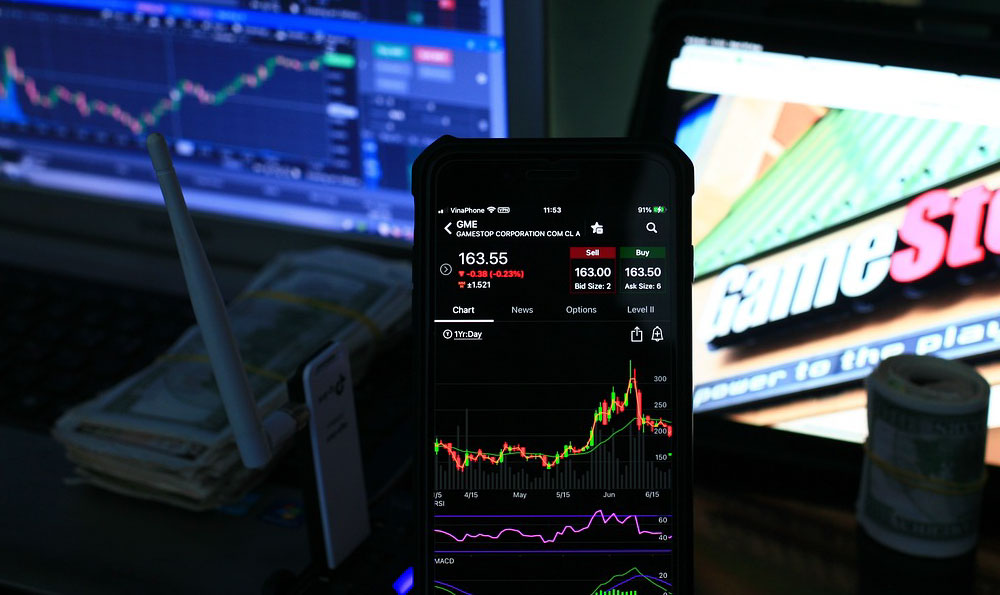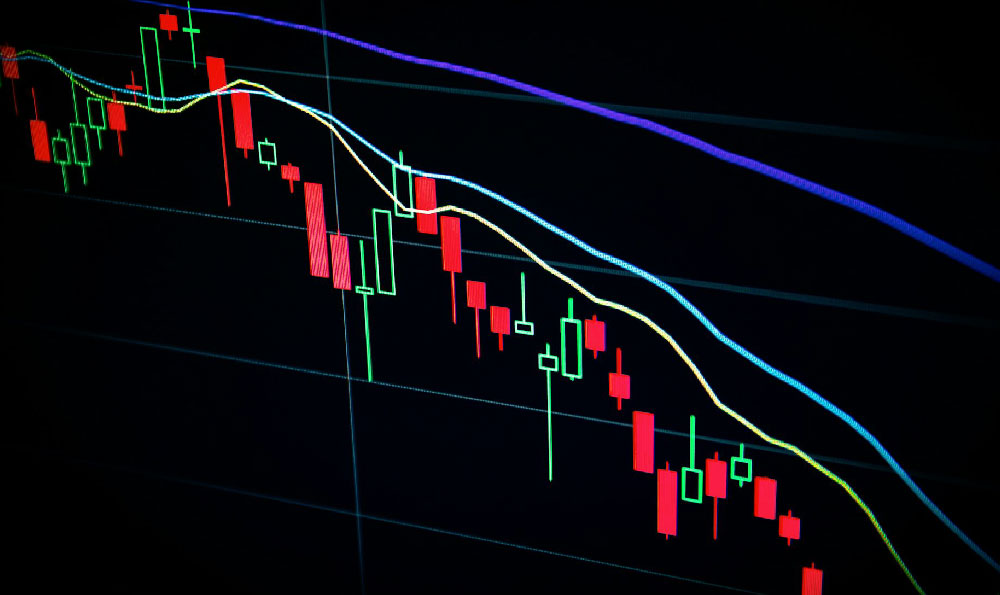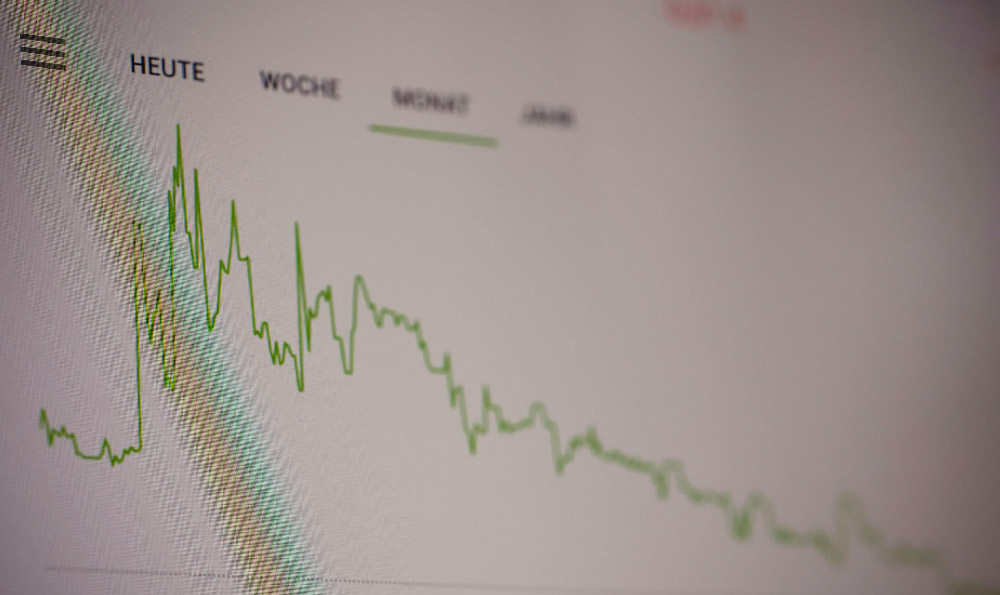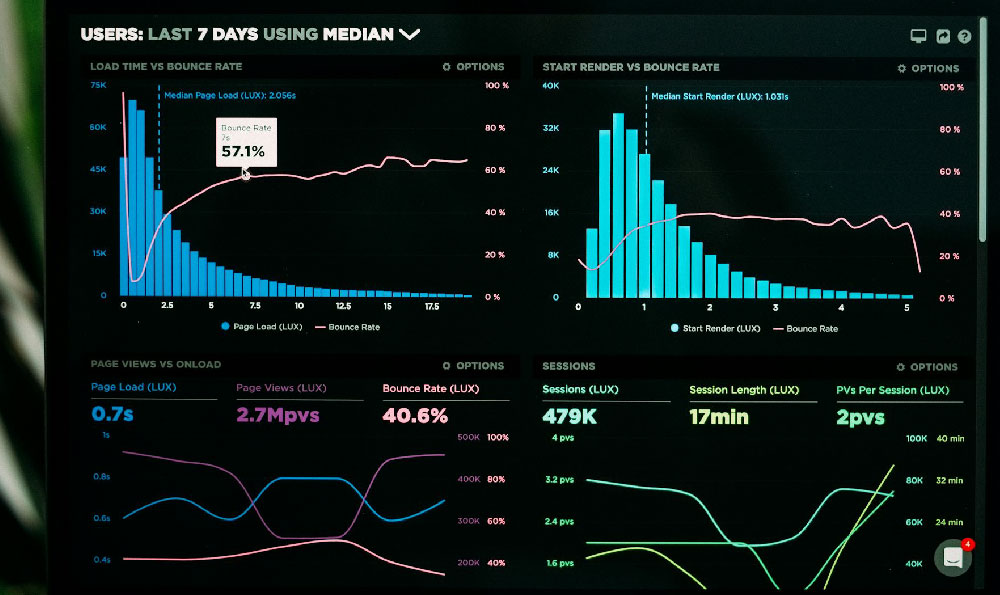Is the Bitstamp Visa Card Right for You? A Comprehensive Guide
The world of cryptocurrency is rapidly evolving, and with it comes an increasing desire for seamless integration between digital assets and everyday spending. Enter the Bitstamp Visa Card, a debit card that allows users to spend their cryptocurrency holdings anywhere Visa is accepted. But is it worth it? And how do you actually get one? This guide will delve into the intricacies of the Bitstamp Visa Card, providing you with a comprehensive overview to help you make an informed decision.
Understanding the Bitstamp Visa Card

The Bitstamp Visa Card functions similarly to a traditional debit card, with the key difference being its ability to draw funds from your cryptocurrency holdings on the Bitstamp exchange. When you make a purchase, Bitstamp automatically converts your chosen cryptocurrency into fiat currency (e.g., EUR, USD) at the prevailing market rate. This eliminates the need to manually sell your crypto assets before spending.
The card is typically issued by a third-party provider partnered with Bitstamp, and the specific features and fees can vary depending on the region and issuer. Common features include:
- Spending Flexibility: Use your cryptocurrency to pay for everyday purchases online and in-store, wherever Visa is accepted.
- Cryptocurrency Options: Typically supports a range of popular cryptocurrencies, allowing you to choose which assets to spend.
- Fee Structure: Awareness of potential fees is vital. Look out for fees like transaction fees, currency conversion fees, ATM withdrawal fees, and inactivity fees.
- Spending Limits: Be aware of daily or monthly spending limits that may be imposed on the card.
- Security Features: Enhanced security is crucial, including features like two-factor authentication and the ability to freeze the card if lost or stolen.
Weighing the Pros and Cons: Is the Bitstamp Visa Card a Good Fit?
Before applying for a Bitstamp Visa Card, it's important to carefully consider the advantages and disadvantages:
Pros:
- Convenience: Simplifies spending your cryptocurrency without the need for manual selling and withdrawal to a bank account. This is the biggest appeal of such cards, allowing seamless integration of digital currency into daily life.
- Accessibility: Provides a convenient way to access the value of your cryptocurrency holdings for everyday transactions.
- Potential Rewards: Some cards offer cashback or other rewards on purchases, although this is less common with crypto debit cards than with traditional credit cards.
- Exposure to Cryptocurrency: For those who believe in the long-term value of cryptocurrency, using a Bitstamp Visa Card allows you to stay invested while still being able to spend.
Cons:
- Fees: Fees associated with transaction, currency conversion, and ATM withdrawals can erode the value of your cryptocurrency. This is the biggest detractor.
- Volatility: The value of cryptocurrency can fluctuate significantly, meaning the amount you spend today could be worth more or less in the future. Using the card regularly means you are essentially timing the market with each transaction.
- Tax Implications: Spending cryptocurrency triggers a taxable event, and you'll need to keep track of your transactions for tax purposes.
- Limited Availability: Bitstamp Visa Cards may not be available in all regions or to all users.
A Step-by-Step Guide: How to Apply for a Bitstamp Visa Card
The application process for a Bitstamp Visa Card typically involves the following steps:
- Eligibility Check: Ensure that you meet the eligibility requirements, such as residency in an eligible country and having a verified Bitstamp account.
- Access the Application: Log in to your Bitstamp account and navigate to the card application section. This may be located within your account dashboard or under a specific "Card" tab.
- Complete the Application Form: Fill out the application form with your personal information, including your name, address, date of birth, and contact details.
- Provide Verification Documents: You may be required to provide proof of identity and address, such as a passport, driver's license, or utility bill.
- Review and Submit: Carefully review all the information you have provided and submit the application.
- Await Approval: The card issuer will review your application and may require additional information. The approval process can take several days or weeks.
- Card Activation: Once approved, you will receive your Bitstamp Visa Card in the mail. Follow the instructions provided to activate the card.
- Connect to Crypto Wallet: Link your Bitstamp account and select the cryptocurrency wallet you wish to use with the card.
Essential Considerations Before Applying
- Compare Alternatives: Before committing to a Bitstamp Visa Card, compare it to other cryptocurrency debit cards and traditional credit cards to see which option best suits your needs.
- Read the Fine Print: Carefully review the terms and conditions of the card, including the fee structure, spending limits, and security features.
- Security Best Practices: Adopt robust security measures to protect your Bitstamp account and card information. Use strong passwords, enable two-factor authentication, and be wary of phishing scams.
- Track Your Spending: Monitor your transactions regularly to ensure that you are aware of your spending habits and to detect any unauthorized activity.
- Understand Tax Implications: Research and understand the tax implications of spending cryptocurrency in your jurisdiction. Consult with a tax professional if needed.
Conclusion: Making an Informed Decision
The Bitstamp Visa Card offers a convenient way to spend your cryptocurrency holdings, but it's not without its drawbacks. The fees, volatility of cryptocurrency, and tax implications are crucial considerations. Carefully weigh the pros and cons, compare it to other options, and understand the terms and conditions before applying. Ultimately, the decision of whether or not a Bitstamp Visa Card is worth it depends on your individual circumstances, financial goals, and risk tolerance. Only by doing your homework can you determine if this tool is the right fit for your financial strategy.












